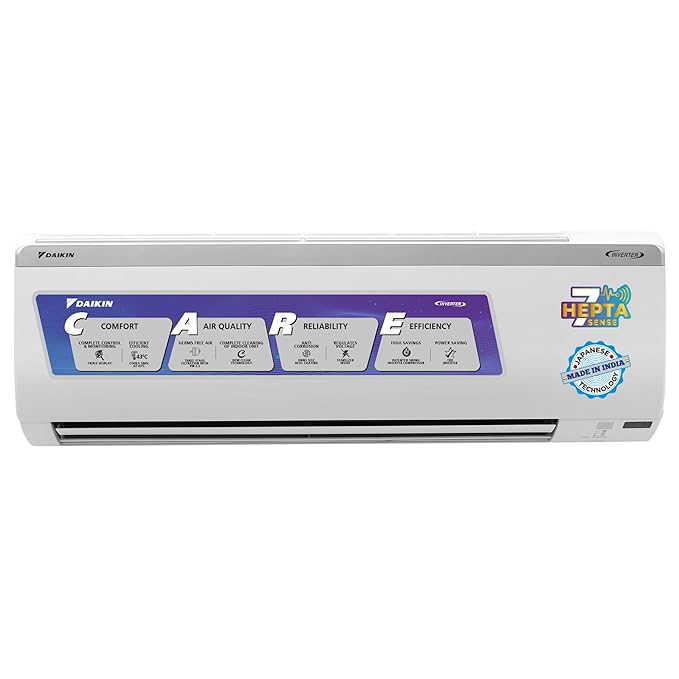Air Conditioner
Air Conditioner: A Complete Guide
An air conditioner is an essential appliance used to regulate indoor temperature and humidity while improving air quality. It works by removing heat from the indoor environment and expelling it outside, ensuring a cooler and more comfortable space. The fundamental components of an air conditioner include a compressor, condenser, evaporator, and refrigerant, which work together to facilitate the cooling process. Various types of air conditioners cater to different needs, from window and split units for small to medium spaces to central air conditioning systems for large buildings. The efficiency of an air conditioner depends on factors such as size, power consumption, and installation. Modern air conditioners come equipped with advanced technologies like inverter compressors, smart thermostats, and eco-friendly refrigerants to enhance performance and energy efficiency. Regular maintenance, including cleaning air filters and servicing the unit, helps prolong its lifespan and ensure optimal functioning. Additionally, energy-saving practices, such as setting the thermostat to an optimal temperature and ensuring proper insulation, can significantly reduce electricity bills. The demand for air conditioners has risen due to climate change and urbanization, making them an indispensable part of homes, offices, and commercial spaces. Choosing the right air conditioner based on room size, energy efficiency ratings, and additional features can enhance comfort and cost savings in the long run. Ultimately, air conditioners provide relief from extreme temperatures, ensuring a healthier and more pleasant living environment.
Types of Air Conditioners
Window AC – A compact unit installed in a window or wall, suitable for small rooms.
Split AC – Consists of an indoor and outdoor unit, offering better cooling efficiency and quieter operation.
Portable AC – A standalone unit that can be moved from one room to another, ideal for temporary cooling.
Central AC – A system used for cooling large spaces or entire buildings, distributing air through ducts.
Hybrid AC – A combination of conventional and heat pump technology for improved energy efficiency.
Inverter AC – Uses variable-speed compressor technology to optimize power consumption and maintain consistent cooling.
Benefits of Air Conditioners
Temperature Control: Maintains a comfortable indoor environment regardless of external weather conditions.
Improved Air Quality: Filters out dust, pollen, and other airborne pollutants.
Humidity Regulation: Prevents excessive moisture buildup, reducing mold and mildew growth.
Better Sleep & Productivity: Provides a comfortable atmosphere for relaxation and work efficiency.
Energy Efficiency & Maintenance Tips
Choose the Right Size: Ensure the AC capacity matches the room size for optimal performance.
Regular Cleaning: Clean or replace filters periodically to maintain airflow and efficiency.
Scheduled Servicing: Routine maintenance extends the lifespan and efficiency of the unit.
Smart Features: Invest in models with energy-saving features like sleep mode and programmable timers.
Proper Installation: Ensure professional installation for efficient operation and reduced energy consumption.
Conclusion
Air conditioners have revolutionized modern living, making indoor spaces more comfortable and healthier. Selecting the right type based on your needs, ensuring regular maintenance, and using energy-efficient models can enhance their benefits while reducing electricity costs. Whether for home or commercial use, an air conditioner is an indispensable investment for comfort and convenience.








